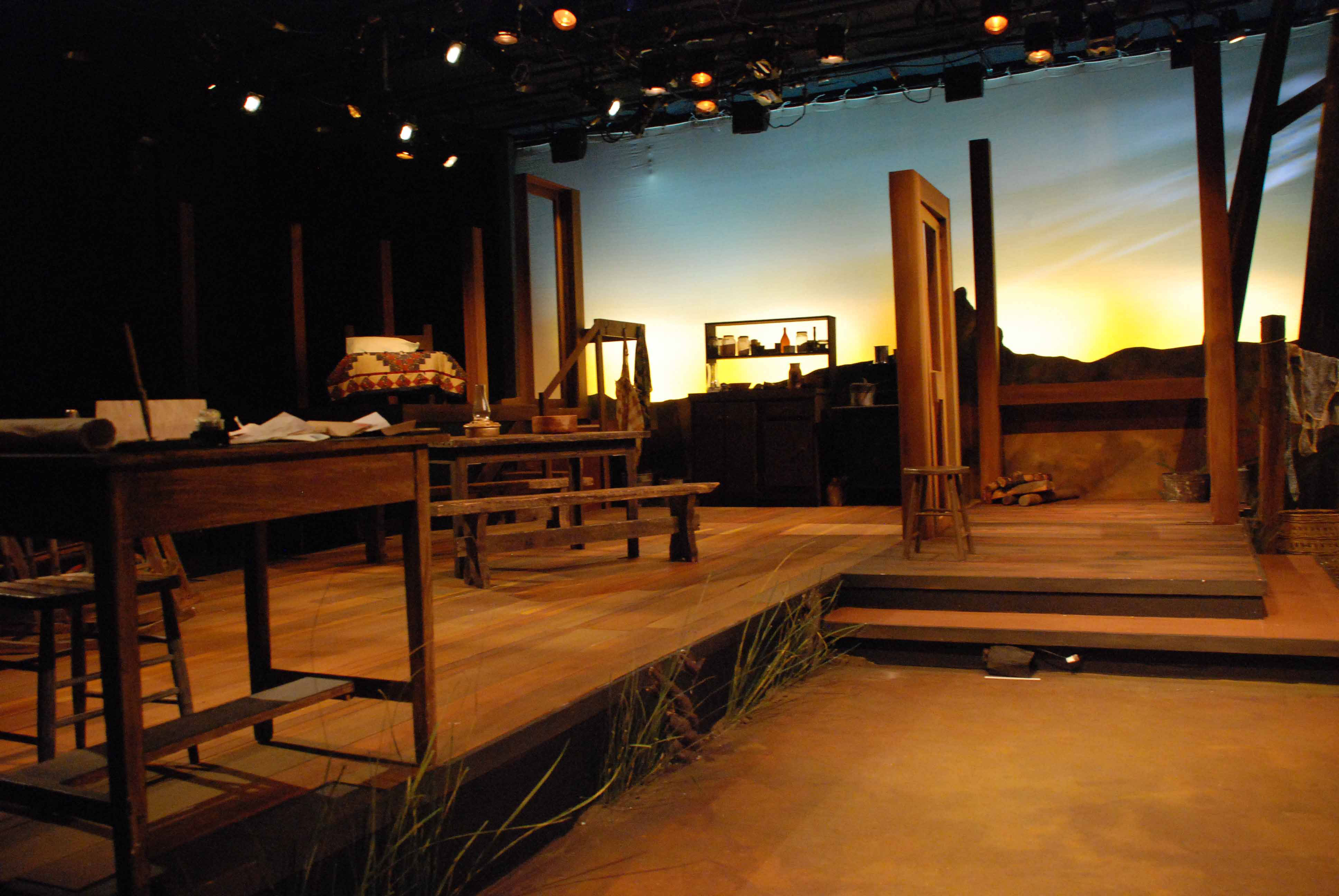I have a surprise for you.
I’ve asked my friend and college, Steve Kaliski, to share with the Life’s Echoes community his thoughts on joy in creativity. Steve is passionate about joy. He lives it, studies it and teaches it. I’ve attended his Joy in the Performing Arts workshop and it is a game changer.
Steve is a theater director, playwright, and educator. He knows the struggles and challenges of living a creative life. He also knows the beauty and edification that comes from living to the fullest measure of your creation. Learn more about Steve and his projects by visiting his website and by following him on twitter.
In the blog post below, Steve talks specifically about joy in creating theater. Nonetheless, the principles he provides are applicable to all creative endeavors.
Are you ready to dive into joy? I am…
The biggest danger of a concept like “Joy in the Performing Arts” is the temptation to sentimentalize it. If we run with the popular connotations, we assume that joyful people are happy people, and happy people are solved people, blissfully distanced from any kind of friction. But in the tumultuous profession of theater, the sustainable practice of this type of joy seems laughably unachievable. How can we be joyful when there’s always a blunt object—financial strain, self-doubt, exhaustion, a perceived lack of demand for what we offer—blocking our purest artistic impulses?
In teaching and practicing joy in the performing arts, it first helps to rebrand this concept. If we were auditioning the various meanings of joy, we should pass on the romantic and instead look for something tougher. We want the blue-collar joy, an honest and workmanlike candidate, one that understands two things: first, that it’s really, really hard to maintain a sense of joy in our profession; and second, that this is no excuse.
Joy is hard work, but it’s also the only responsible technique for maintaining a fulfilling creative life. (click to tweet)
I often find that the things that bring me down in a bad artistic process are tiny, banal, avoidable, and totally unconnected to talent or vision. A huge part of being a joyful artist is learning how to sidestep these traps. In this post, I’ll offer a handful of favorite pointers on accomplishing this, which may help pave the way for a more achievable joy:
[dropcap1 variation=”yellow”]1[/dropcap1] Work with people who want it
I very rarely hire collaborators for whom the job represents a “step back,” even if their superior talent is available to me. Any project that feels like a favor or something to pass the time will not generate the most committed work. Find the folks who want it. Amongst countless possibilities, it could be someone who really loves the play, who has wanted to work with you for a while, or who is just out of school and eager to practice. You should certainly take note of talent in the interview or audition, but focus first and foremost on people’s attitudes toward you and the proposed project. If it feels like their enthusiasm is enough to fast-track trust, love, and inspiration during the process, put them at the top of the list. For a stirring example of how finding the right people ignites a joyful creative process, read Ed Catmull’s new book on Pixar, Creativity, Inc.
[dropcap1 variation=”yellow”]2[/dropcap1] Invest in a healthy workspace
I’m always surprised by how willingly theater artists commit to terrible spaces for the sake of affordability. These inadequate hovels—which include rehearsal rooms that are minuscule, noisy, ridden with angst in the hallways, or heinously fluorescent, as well as performance venues that are oddly smelly, pest-ridden, “cooled” by a twenty-year-old window unit, or populated with punishingly uncomfortable chairs—do not constitute “New York charm.” They are miserable excuses for a creative environment. In the process of finding options that meet your budget, you will suck all the joy from your process, and come performance time, you’ll also make it impossible for your audience to focus on the story you’re telling. Instead of falling into this trap, hire collaborators who can connect you to the many wonderful spaces owned and unused by city universities, or make space selection a priority in your budget. There are many good ones out there, and they don’t cost much more than the bad ones. A pleasant, spacious rehearsal room and a friendly theater will make the experience so much likelier to succeed.
[dropcap1 variation=”yellow”]3[/dropcap1] Commit to infrastructure and job descriptions
Whenever we’re fortunate enough to land a gig at a grand old institution, much of the joy resides in our ability to nestle snugly into our roles. I’ll never forget the relief of taking a job where I didn’t have to worry about wearing dozens of different hats at once, where I could “just direct.” Of course, in the grueling process of positioning ourselves for these jobs, we must commit to periods of self-producing and working for young companies. When you find yourself in these situations, encourage a commitment to infrastructure. The initially selfless attitude of “we’ll all pitch in along the way” is fine in small doses, but when you find yourself doing wholly unexpected marketing/development/website tasks at 1AM the week before you open simply because no one else will do them, you might feel as if your joy is bleeding out. It’s best to enter a process with a spirit of generosity toward the unexpected, but also with the understanding that duties will be clearly distributed amongst your team from an early stage.
[dropcap1 variation=”yellow”]4[/dropcap1] Avoid email disputes at all costs
I’ve witnessed (and participated in) many epic and deeply damaging arguments over email that never would have escalated if conflict resolution took place in person or over the phone. Email masks your humanity, warmth, and vulnerability, instead fostering an offensive alchemy of cold calculation. For some reason we expect that our carefully worded rebuttals of our collaborators’ ideas will induce an “Oh my god, he’s right!” from the reader, but it almost never does. Instead, it results in an equally indignant and calculated response, establishing a pattern unlikely to change. Use email for logistics, but when you feel that emotions are coming into play, pick up the phone or schedule a coffee.
[dropcap1 variation=”yellow”]5[/dropcap1] Dabble in the corporate
One of the most heartening developments of the past decade, pinpointed early by Daniel Pink in his 2006 book A Whole New Mind, is the growing demand for artistic sensibilities in the business world. This is a huge conversation, but for now, simply take to heart that you possess way more relevant skills than you think you do. If you direct or act with any degree of sophistication, you know so much more than how to direct a play or portray a character. You have access to vast reserves of management savvy and empathy, and the world desperately needs these. And it’ll pay you for them.
- How do you distinguish between happiness and joy?
- What are the joy blockers in your creative process?
- What do you do to bring joy into your creative process?



